Understanding Educational Resources in Today’s Learning Environment
In the rapidly evolving landscape of education, the role of educational resources has never been more critical. These resources, which encompass various materials and tools designed to facilitate teaching and learning, are essential for enhancing education quality and access. As we delve into the complex world of educational resources, it is vital to understand what they are, their significance, the types available, and how they can transform the educational experience.
What Are Educational Resources?
Educational resources are diverse materials, products, or tools that support learning and teaching. These can range from textbooks, digital content, multimedia tools, and software, to community resources such as libraries and organizations dedicated to education. They serve multiple purposes, including providing information, facilitating new learning strategies, and supporting educators in their instructional efforts.
In essence, educational resources can be segmented into traditional and digital categories:
- Traditional Resources: These consist of physical materials such as textbooks, worksheets, posters, and classroom supplies, which have been used historically in educational settings.
- Digital Resources: This category includes online content, e-books, educational apps, and platforms that provide interactive and flexible learning experiences.
The growing digitalization of education has not only expanded the variety of resources available but also increased accessibility for learners globally.
The Importance of Open Educational Resources
Open Educational Resources (OER) represent a significant advancement in the understanding and utilization of educational resources. They are defined as teaching, learning, and research materials that are freely available for use by anyone. They can be adapted, shared, and reused under a license that allows for their non-commercial redistribution.
The significance of OER in today’s educational climate cannot be understated:
- Accessibility: OER democratizes education by providing free access to high-quality learning materials to learners from all socio-economic backgrounds.
- Customization: Educators can adapt these resources to fit the learning needs of their students, creating a more personalized educational experience.
- Collaboration: Sharing and remixing OER fosters collaboration among educators globally, facilitating the exchange of innovative teaching ideas and methods.
As institutions increasingly adopt OER, they aid in promoting educational equality and fostering an inclusive learning environment for all.
Key Types of Educational Resources Available
With the rise of technology in education, a plethora of educational resources are now available for students and educators. Here are some of the most noteworthy types:
- Textbooks and E-books: Traditional textbooks remain essential, though e-books have become a popular alternative due to their accessibility and interactive features.
- Online Courses and Learning Platforms: Websites such as Coursera, edX, and Khan Academy offer structured learning experiences across various subjects.
- Videos and Multimedia Content: Educational videos available on platforms like YouTube and Vimeo can enhance learning through visual and auditory means.
- Interactive Games and Simulations: These tools engage students and encourage experiential learning through problem-solving and critical thinking scenarios.
- Assessment Tools: Various online resources allow educators to create assessments and track learner progress dynamically.
Each type of educational resource serves a unique purpose, enabling educators to cater to different learning styles and preferences effectively.
Benefits of Utilizing Educational Resources
Educational resources, particularly when effectively selected and employed, offer numerous benefits that enhance the overall learning experience. Here are some of the primary advantages:
Enhancing Learning Experiences
Utilizing a diverse range of educational resources supports differentiated instructional strategies that enhance engagement and learning retention. Through varying content formats—be it videos, readings, or interactive tools—educators can appeal to a broader spectrum of learning preferences and needs. For instance, visual learners benefit from infographics and videos, while auditory learners thrive on lectures and discussions.
Furthermore, the integration of gamified elements within resources can stimulate student motivation, fostering a desire to learn and explore new concepts actively. By making learning fun and interactive, educators can transform even the most challenging subjects into enjoyable experiences.
Promoting Accessibility and Inclusion
One of the most significant advantages of modern educational resources, particularly OER, is their contribution to inclusivity. With free access to high-quality materials, students who might have faced barriers due to financial constraints can now engage with the content necessary for their academic success. Additionally, resources designed with diverse learners in mind (e.g., materials available in multiple languages, formats for those with disabilities) ensure all students have reliable access to education.
This approach not only levels the playing field for learners but also enriches classrooms with varied perspectives, ideas, and insights, creating a more vibrant learning community.
Encouraging Lifelong Learning
In an era where continuous education is essential, the availability of educational resources encourages individuals to become lifelong learners. Whether through online courses, webinars, or forums, learners of all ages can access knowledge on an array of topics, facilitating personal and professional development.
Moreover, educational resources often provide learners with pathways to explore new interests, delve into new skills, or enhance competencies relevant to their careers. This commitment to self-improvement fosters a culture dedicated to knowledge and skills acquisition beyond traditional educational settings.
Challenges in Implementing Educational Resources
While the benefits of educational resources are substantial, implementing them effectively can come with challenges. Understanding these obstacles can help educators and institutions navigate them successfully.
Navigating Quality and Credibility
One of the primary challenges is ensuring the quality and credibility of resources. With an overwhelming amount of information available online, educators may struggle to identify which materials are reliable, accurate, and suitable for their students. This challenge is particularly pertinent when leveraging open educational resources since the lack of commercial review can result in variable quality.
To mitigate this issue, educators can consider establishing guidelines for evaluating resources based on criteria such as authorship, citations, and alignment with educational standards. Collaborating with colleagues and utilizing trusted platforms for sharing vetted resources can further ensure that only high-quality materials are integrated into curricula.
Resistance to Change in Traditional Settings
Many educational institutions, particularly traditional ones, may face resistance when trying to incorporate new resources or technologies. This reluctance often stems from a culture focused on conventional teaching methods that prioritizes standardized testing and traditional curricula over innovative approaches.
To instigate change, educational leaders must foster a culture of innovation and adaptability. This can involve offering professional development opportunities, encouraging collaborations among educators to share successful practices, and cultivating an openness to experimentation in the classroom.
Technical Barriers to Access
Despite advances in technology, access to digital educational resources can be hindered by technical barriers. Students in underfunded schools or underserved communities may lack adequate internet access or devices necessary to engage with online content effectively.
Addressing these disparities can involve partnerships with local organizations and governments to improve infrastructure. Additionally, educators can focus on providing a blend of digital and traditional resources to accommodate students with varying levels of access.
Best Practices for Leveraging Educational Resources
To maximize the effectiveness of educational resources, educators should adopt best practices that ensure their integration enhances teaching and student learning.
Integrating Resources into Curriculum Effectively
Integrating educational resources into the curriculum requires thoughtful planning and alignment with learning objectives. Educators should consider the goals of the lesson and select resources that enhance them rather than merely substituting traditional materials.
Creating lesson plans that incorporate a blend of resource types can engage different learning styles and promote understanding. Additionally, ensuring that resources are updated and relevant will keep student interest high and encourage active participation in learning.
Engaging Learners Through Collaborative Tools
Effective use of educational resources also includes leveraging collaborative tools that encourage interaction among students. Platforms that allow for group work, discussions, or peer review can create a sense of community, even in digital classrooms. Group projects utilizing shared resources facilitate teamwork while developing critical thinking and communication skills.
Moreover, utilizing social media or online discussion forums to engage with resources can enhance students’ capabilities to critique, discuss, and apply knowledge in real-world contexts.
Monitoring and Evaluating Resource Impact
Finally, educators should keep track of how well educational resources contribute to learning outcomes by systematically evaluating their impact. Regular assessments and feedback from students can provide insight into the effectiveness of the resources used and identify areas for adjustment or improvement.
By analyzing data—such as grades, engagement levels, and student satisfaction—educators can refine their resource selections and adapt their strategies to better meet the needs of their students.
Future Trends in Educational Resources
As the educational landscape continues to evolve, several trends are emerging that will shape the future of educational resources and their role in teaching and learning.
Emerging Technologies in Education
The integration of new technologies in education is set to enhance the way resources are utilized. Technologies such as virtual reality (VR), augmented reality (AR), artificial intelligence (AI), and machine learning can create immersive and personalized learning experiences.
These technologies enable resource creators to develop interactive environments where students can collaborate, explore, and learn in realistic simulations. Schools that adopt these innovations will likely lead the way in providing forward-thinking educational experiences that captivate learners.
The Shift Towards Personalized Learning
There is an increasing emphasis on personalized learning experiences driven by data. By utilizing analytics from educational platforms, educators can tailor learning paths based on individual student performance, needs, and preferences—ensuring that every learner has the opportunity to succeed at their own pace.
As personalized learning continues to gain traction, educational resources must be adaptable and inclusive, allowing for differentiation that meets the unique requirements of each learner.
Global Collaborations and Open Resource Networks
Finally, educational resources will increasingly benefit from global collaborations. Partnerships between institutions and organizations worldwide create networks for sharing best practices and resources, fostering innovation and enhancing teaching effectiveness on a broader scale.
The establishment of open resource networks encourages educators to adopt OER practices that support cross-border education and promote equitable access to quality learning materials, ensuring that students worldwide benefit from collaborative educational efforts.
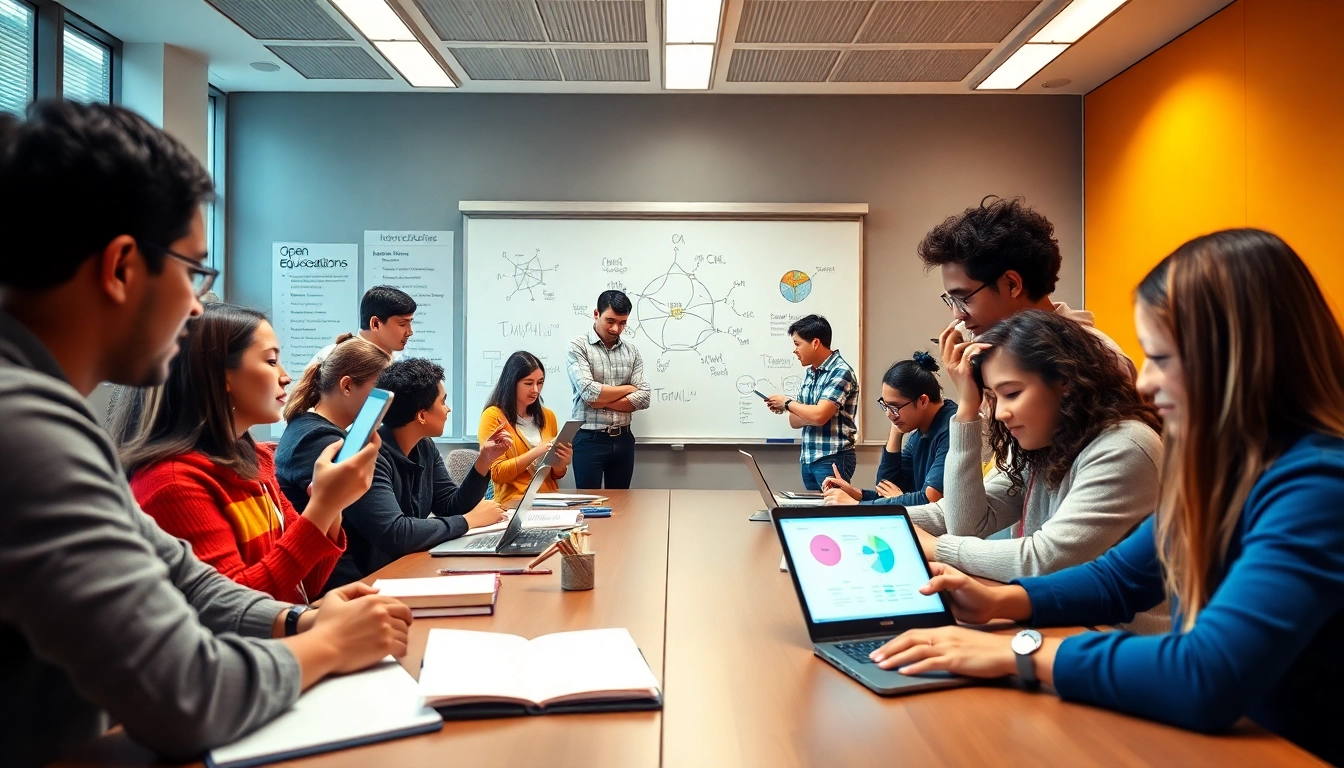


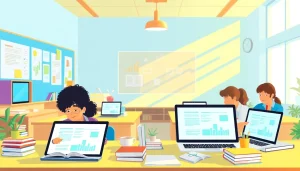
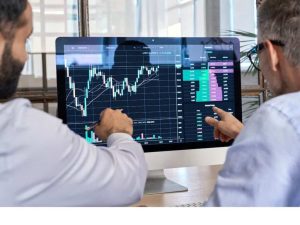



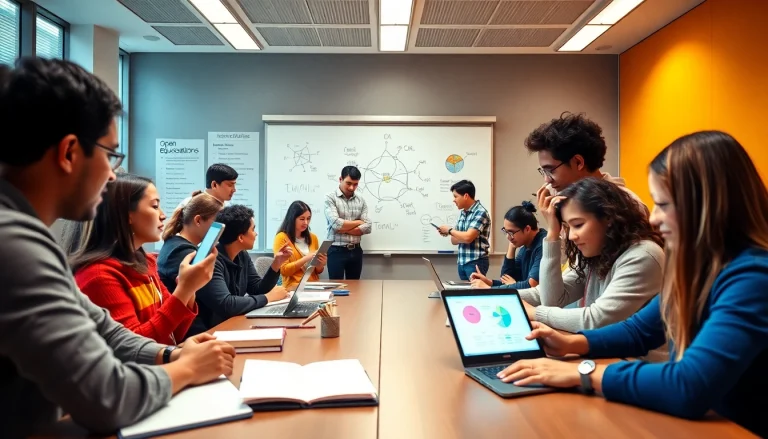

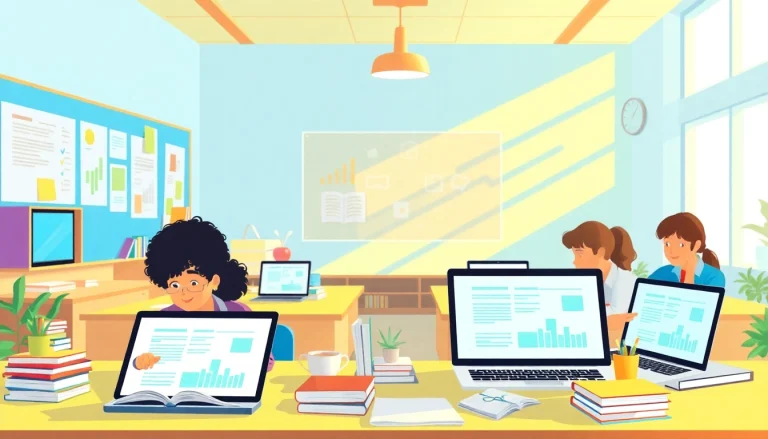

+ There are no comments
Add yours